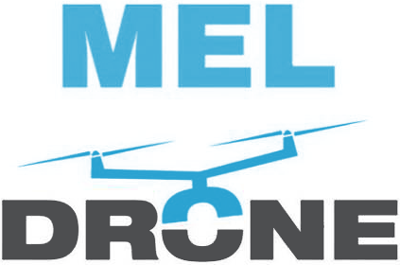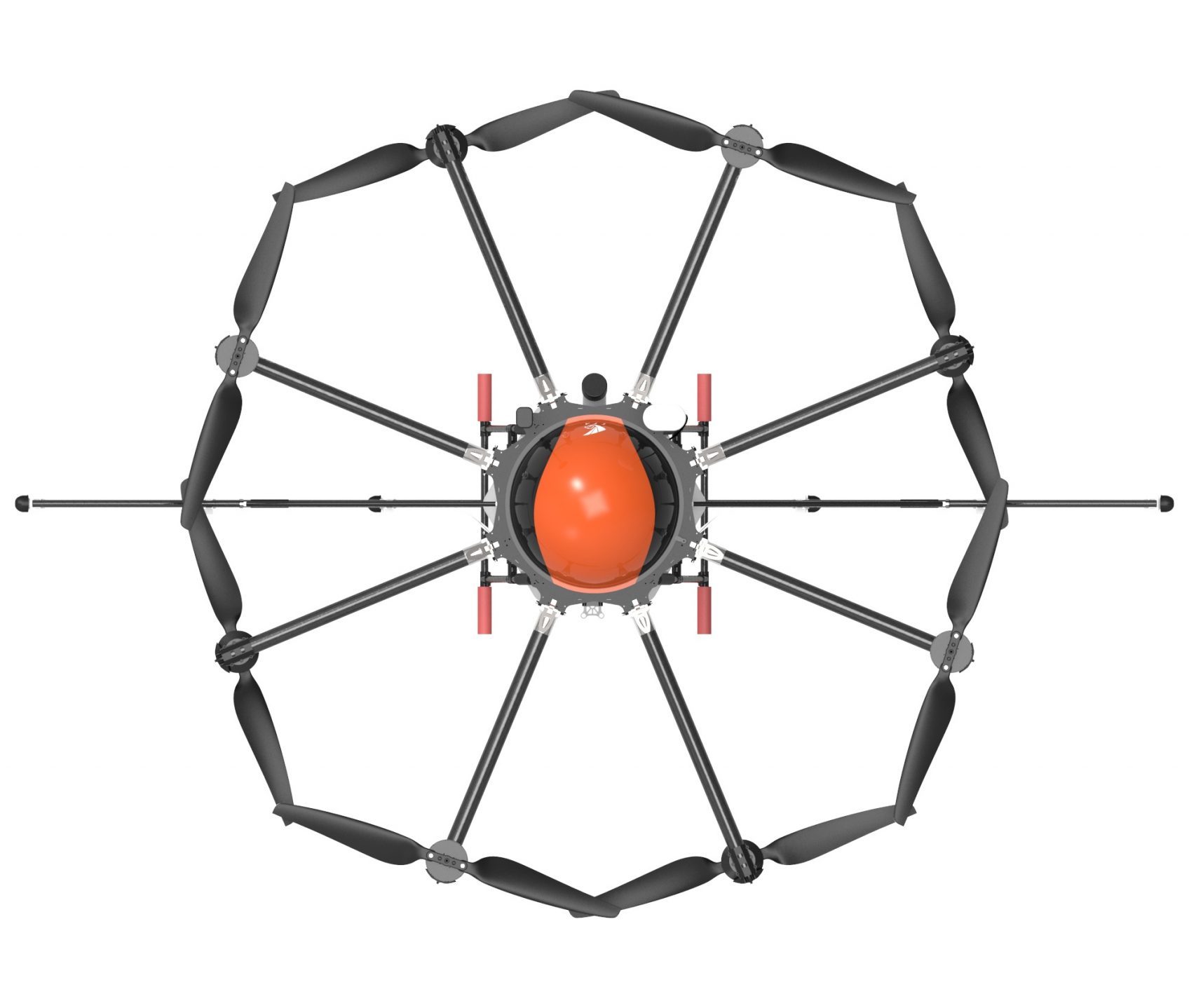Economical? Certificate ? Too small tank ? Objectives ?
Usefulness ? TTA ? DJI ? Assurances ?
Why buy now ?
With this article, we want to try to eliminate the many questions, unknown and/or ambiguities as these devices will undoubtedly more and more become our future work partners … perhaps to the annoyance of some people ….
Let’s start by saying that now is the ideal time to buy your AGRIdrone!
What other answer did you expect from me ? ?
Just as easily and logically to support or clarify this answer lies in the fact that the new European legislation will start on 01/01/2021 , taking these new AGRI applications into account.
As of 01/01/2021, a large growth in agri- applications is therefore expected, resulting in a huge in buying agidrones in Europe. This will result in longer waiting times at the manufacturer to deliver these drones to us as main distributor. It will also follow that prices will increase from 01/01/2021
( or what did you expect ☹ ).
What I can tell you right now is that MELDRONE is offering huge discounts on its TTA brand AGRIdrones for this launch period, i.e. before 01/01/2021. All you have to do is contact us by mail on our website to get a free offer, taking into account the official prices and MELDRONE – discount !
Not only because of the lower price you should buy it now… also because of the fact that a learning process is needed to use these applications correctly. I do not only mean flying, also the technical side of the drone, maintenance, hopefully no repairs yet, but also to discover the included program to program the drone (although this is very easy and clear) .
MELDRONE provides a free training for learning to fly with these drones and will always support its customers in this learning process.
What are the possible functions, applications or fields of application of an AGRIdrone ?
Let’s start with the functions of an agri drone …
We currently only work with drones of the brand TTA … Also Agridrones of the other well-known brand DJI are available with us.
With our Agridrones it s possible to sprayed horizontally / vertically / obliquely
a surface (ground, road, roof, trees,…) with a liquid product.
(extermination, control, fertilization, protection,…)… or a granular product (e.g. fertilisation)
We are thinking of applications in agriculture and horticulture:
Precision agriculture, crop protection and extermination, weed control, insect control, fertilization ….
Ideal in strawberry, raspberry, apple, pear culture and of course other … think also of the cultivation of grapes for wine production ….
The drones are also widely used in arable farming :
Drones working more easly with the tall trees ..
Insects or diseases can be controlled more effectively and also at high altitudes, etc…
In construction, these drones are also used : Spraying products on newly built roads, asphalt,…
Also for moss control and afterwards to apply the protective layer on the roof, these drones are already widely used for efficiency, time savings, no more danger of falling off the roof,…
The drones are also used in all kinds of other applications, such as maintenance of sports fields, …
The TTA drones were recently even used in some European countries to tackle covid 19. The drones were used to decontaminate public places such as stations.
Furthermore, some of our drones can be equipped with a nebulizer so that large clouds, fog banks, etc. can be created in order to destroy insects ,…
Some drones can also be equipped with a grain sprayer for fertilization or other … in granular form.
We only work with DJI and TTA because these two brands meet our high quality standards as well as the excellent after-sales service we want to offer to our customers.
Do we need a certificate? Diploma ? Need we a training ?
Currently, in July 2020, it is forbidden in Belgium to spray or throw off something off a drone in the open air … However, this is allowed in an enclosed space…
On 01/01/2021, however, the new European legislation will enter into force and these applications will be allowed (confirmed to us by recognized and official organizations) which will lead to an enormous growth in the use of these drones.
Normally, as with all means of transport, a certificate or ‘air certificate’ will be needed, but this would not be cumbersome, …
The flight altitude of these drones is normally only between 1 and 5 meters … depending on the type of application of course.
We offer free basic training to each customer to be able to control and use the drones.
Insurance will also be necessary but will be less expensive than other means of transport.
Are these devices good quality and reliable ?
Our drones are all solid and specially built so that they are robust and can “take a beating”. Of course they are also water resistant.
Maintenance is not expensive and can easily be done by yourself. Possible repairs can also be done by yourself and are also not expensive.
Our drones have already shown their reliability in other (European) countries, where the agridrone is already well established.
We are aware that these drones are indispensable when used in a company and that is why MELDRONE always offers a spare drone in case of breakdown. Within 12 hours you, as a customer, will have an identical device and you can continue to work or rather let the drone continue to work )
If possible, repairs will be carried out on site within the shortest possible time!
Too small reservoir ? Useful ?
Our drones have a tank capacity of 10 to 20 litres, depending on the drone one chooses.
For agricultural or horticultural applications, this seems to be very little, but let us mention that the time in which 500 litres or more can be sprayed on soils will disappear. In addition, we will discuss further in this article that studies show that we are making enormous savings in spraying and water consumption … so that smaller reservoirs are no problem for modern precision agriculture.
Depending on the type of drone, a drone flies between 2 and 6 meters ground level, at a working speed between 4 and 6 meters per second or 1.6 to 2.2 litres per minute and spray widths can be reached between 4 and 36 meters !
Depending on the type of drone, 27 to 33 ha of surface area can be treated per day.
These drones also prove their usefulness in hard-to-reach areas.
How does an agridrone work ?
Briefly explained :
Most of the drones are equipped with the RTK system, which determines the location or position of the drone on the centimetre. There are also drones with or without a camera to view the flight.
Before the flight is started, one can select on google earth the surface to be edited and then easily program the escape route by indicating the starting point and the direction of flight. Once these points are defined, the drone flies and works autonomously or not according to the user’s choice. The battery or product levels can be monitored at any time. Once the product or battery is depleted, the drone independently flies to its ‘home’, where the product or battery can be replenished or replaced. Then the drone automatically returns to the exact place where it interrupted its work, to continue working until the surface is fully processed.
Studies : drone economical ?? Savings ? ?
On the basis of studies carried out by manufacturer TTA, we can mention the following study results :
Studies show that a 400um drop can be divided into or compared to 8 drops of 200um or 64 drops of 100 um or 512 drops of 50 um.
So using the same volume of spray we can conclude that how smaller the droplets are, the larger the surface area we can cover with the product.
In other words: for the same size of cultivated area, the smaller the droplets, the less water consumption but the higher the surface area affected by the product.
With the drone sprinklers we reach an ultra small drop of 50 um, which saves — YES of course — 80 to 90 % water.
But why use less pesticides ?
Actually depends entirely on the flying techniques of a drone. In order to keep its height stable, the height between the ground and the rotor needs to be constantly adjusted and generate a strong fall wind under the propellers of the drone. This causes the product to fly down at high speed while the crop moves because of the wind. This high concentration of microdrops, while the whole plant is treated, saves up to 30 % of product (pesticides, fertilizers, etc.).
Agriculture Drone Spraying Test Report
Sprayers: TTA- M6E, TTA- M8A PRO
Testing object: pests, weeds
Crop: Cotton,Corn
TTA agriculture spraying drone parameters
Model M6E M8A pro
Weight 9Kg 18kg
Motor to Motor
Distance 1400mm 1635mm
nozzle diameter 60-181um 60-184um
Working speed 4-6m/s 4-6m/s
Spray width 4-6m 5-8m
Load 10 kg 20 kg
Working time 5-7min/flight 10-15min/flight
Efficiency 27 ha/day 33 ha/day
Number of nozzles 2 6
Spraying range 1.6-2.0L/min 1.8-2.2L/min
Recommended height
Above plant 2-4m 2-6m
Test report to demonstrate water and product savings – duration of test 14 days —
Type area quantity consumption consumption product efficiency
Drone flights water product after 14 days
M6E 3ha 5 42L 945g 280 g 87%
M8A
PRO 3ha 2 37L 945g 230g 90%
These tests have been carried out by TTA and may vary due to circumstances. If you would like more information you can always contact us or TTA.



No responses yet